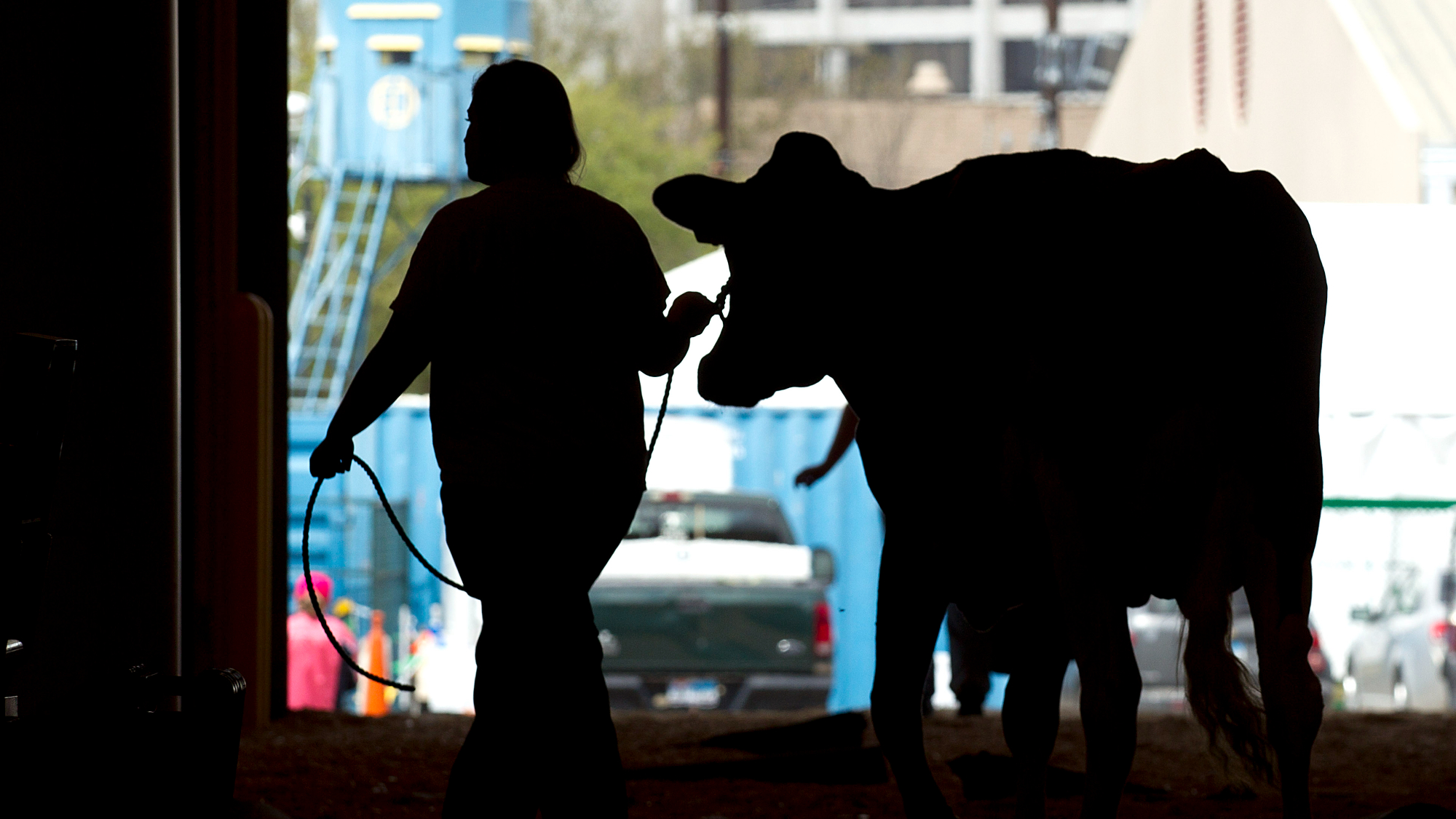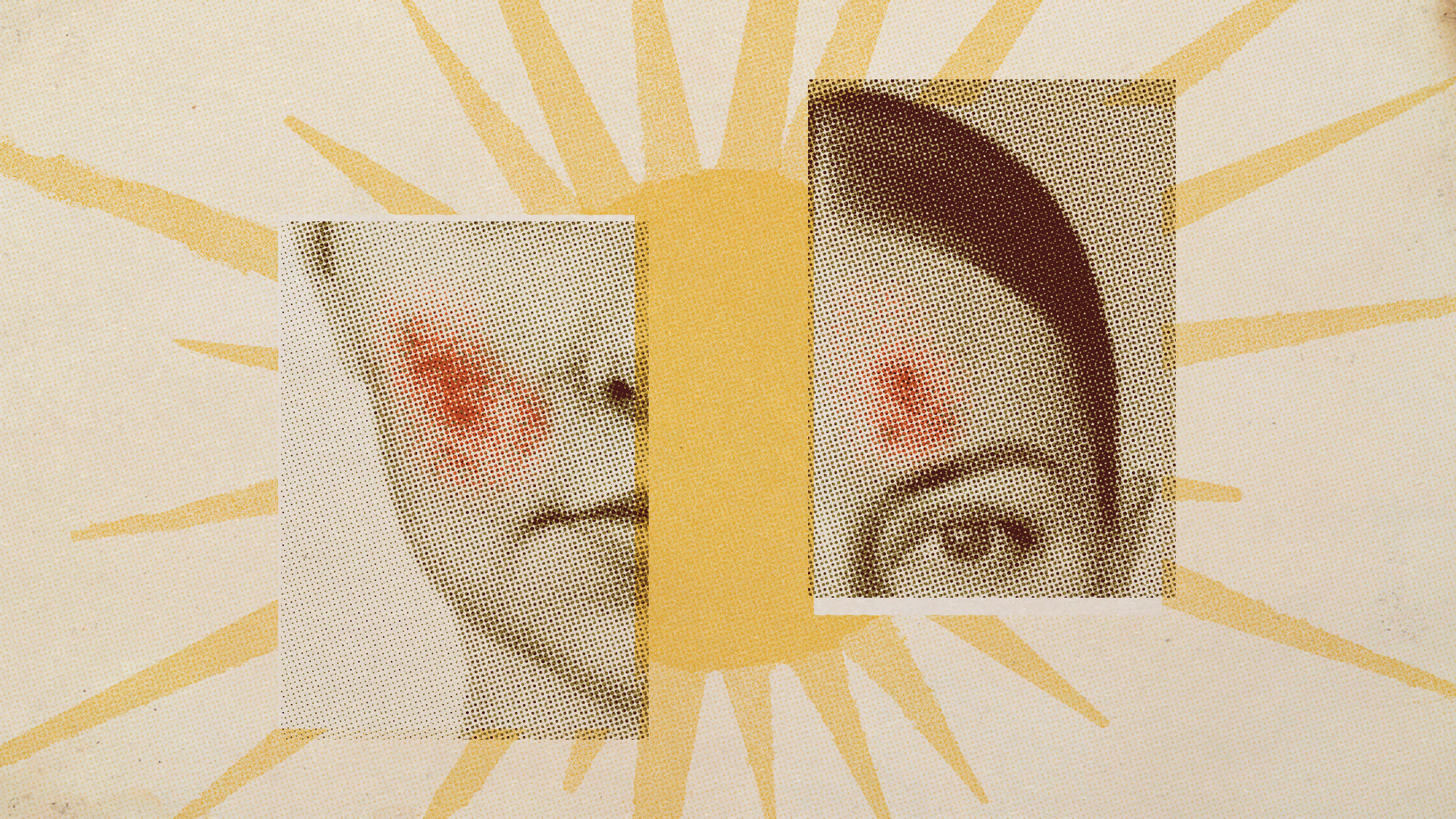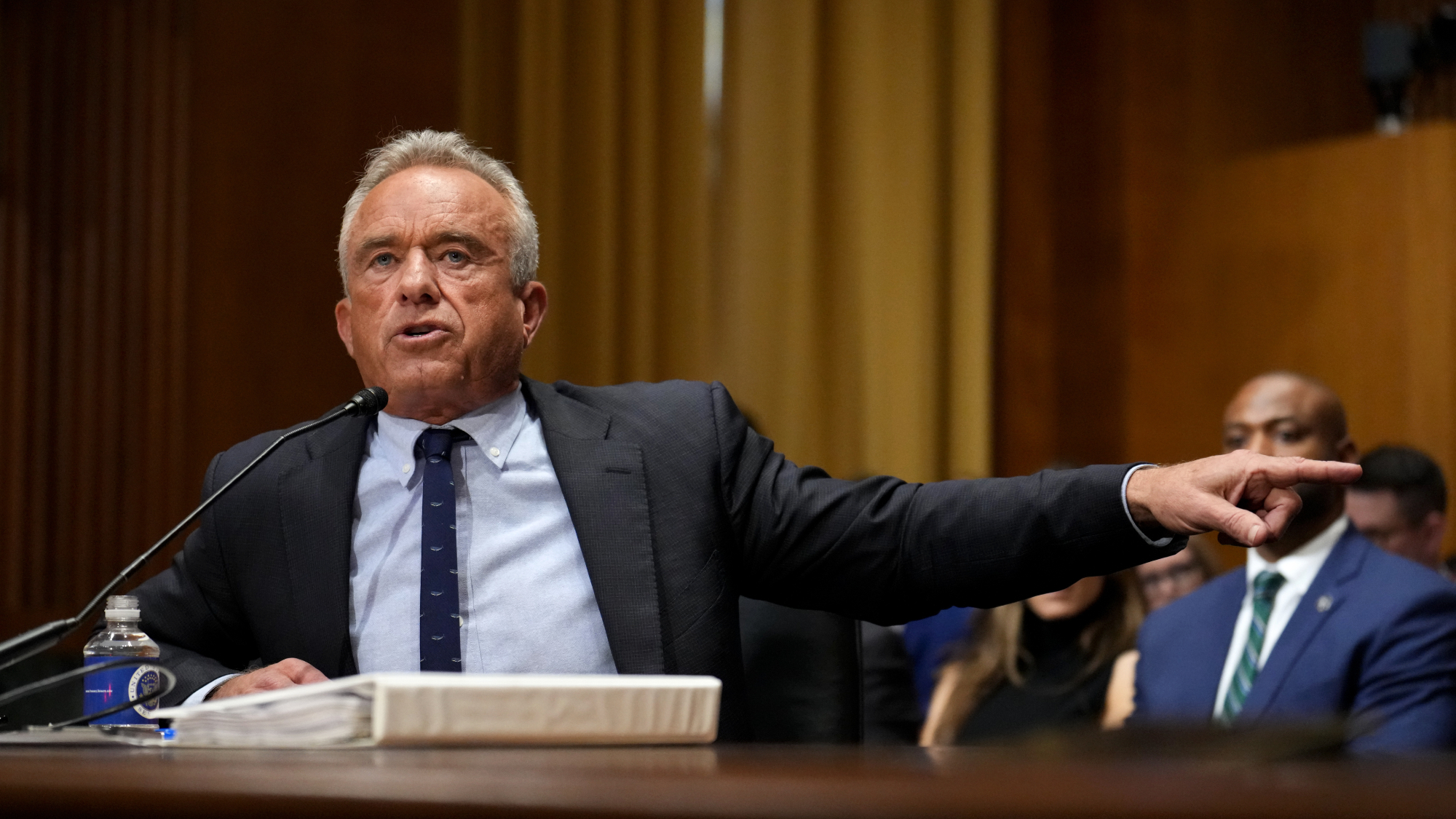Texas dairy worker gets bird flu from infected cow
The virus has been spreading among cattle in Texas, Kansas, Michigan and New Mexico


What happened
A dairy worker in the Texas Panhandle developed a mild case of H5N1 avian influenza after working with infected cows, Texas health officials said Monday. The patient is only the second person known to have contracted this strain of bird flu in the U.S. and the first anywhere infected through mammals, The Associated Press said.
Who said what
"Initial testing has not found changes to the virus that would make it more transmissible to humans," the CDC, FDA and USDA said jointly. "This indicates that the current risk to the public remains low."
The commentary
The Texas patient exhibited only eye inflammation, but the case "has alarmed disease trackers monitoring for the worst-case scenario: human-to-human transmission," The Washington Post said. Bird flu has been spreading through wild animals and, since March 25, dairy herds in Texas, Kansas, Michigan and New Mexico, so the jump to humans "really wasn't a question of if but when," UTHealth Houston's Dr. Luis Ostrosky said to the Houston Chronicle.
The Week
Escape your echo chamber. Get the facts behind the news, plus analysis from multiple perspectives.

Sign up for The Week's Free Newsletters
From our morning news briefing to a weekly Good News Newsletter, get the best of The Week delivered directly to your inbox.
From our morning news briefing to a weekly Good News Newsletter, get the best of The Week delivered directly to your inbox.
What next?
The dairy worker is expected to fully recover. And there is no current plan to cull the infected herds, the USDA said. Pasteurized milk is believed to be safe.
A free daily email with the biggest news stories of the day – and the best features from TheWeek.com
Peter has worked as a news and culture writer and editor at The Week since the site's launch in 2008. He covers politics, world affairs, religion and cultural currents. His journalism career began as a copy editor at a financial newswire and has included editorial positions at The New York Times Magazine, Facts on File, and Oregon State University.
-
 Stopping GLP-1s raises complicated questions for pregnancy
Stopping GLP-1s raises complicated questions for pregnancyThe Explainer Stopping the medication could be risky during pregnancy, but there is more to the story to be uncovered
-
 Tips for surviving loneliness during the holiday season — with or without people
Tips for surviving loneliness during the holiday season — with or without peoplethe week recommends Solitude is different from loneliness
-
 More women are using more testosterone despite limited research
More women are using more testosterone despite limited researchThe explainer There is no FDA-approved testosterone product for women
-
 Climate change is getting under our skin
Climate change is getting under our skinUnder the radar Skin conditions are worsening because of warming temperatures
-
 FDA OKs generic abortion pill, riling the right
FDA OKs generic abortion pill, riling the rightSpeed Read The drug in question is a generic version of mifepristone, used to carry out two-thirds of US abortions
-
 RFK Jr. vaccine panel advises restricting MMRV shot
RFK Jr. vaccine panel advises restricting MMRV shotSpeed Read The committee voted to restrict access to a childhood vaccine against chickenpox
-
 Texas declares end to measles outbreak
Texas declares end to measles outbreakSpeed Read The vaccine-preventable disease is still spreading in neighboring states, Mexico and Canada
-
 RFK Jr. shuts down mRNA vaccine funding at agency
RFK Jr. shuts down mRNA vaccine funding at agencySpeed Read The decision canceled or modified 22 projects, primarily for work on vaccines and therapeutics for respiratory viruses



